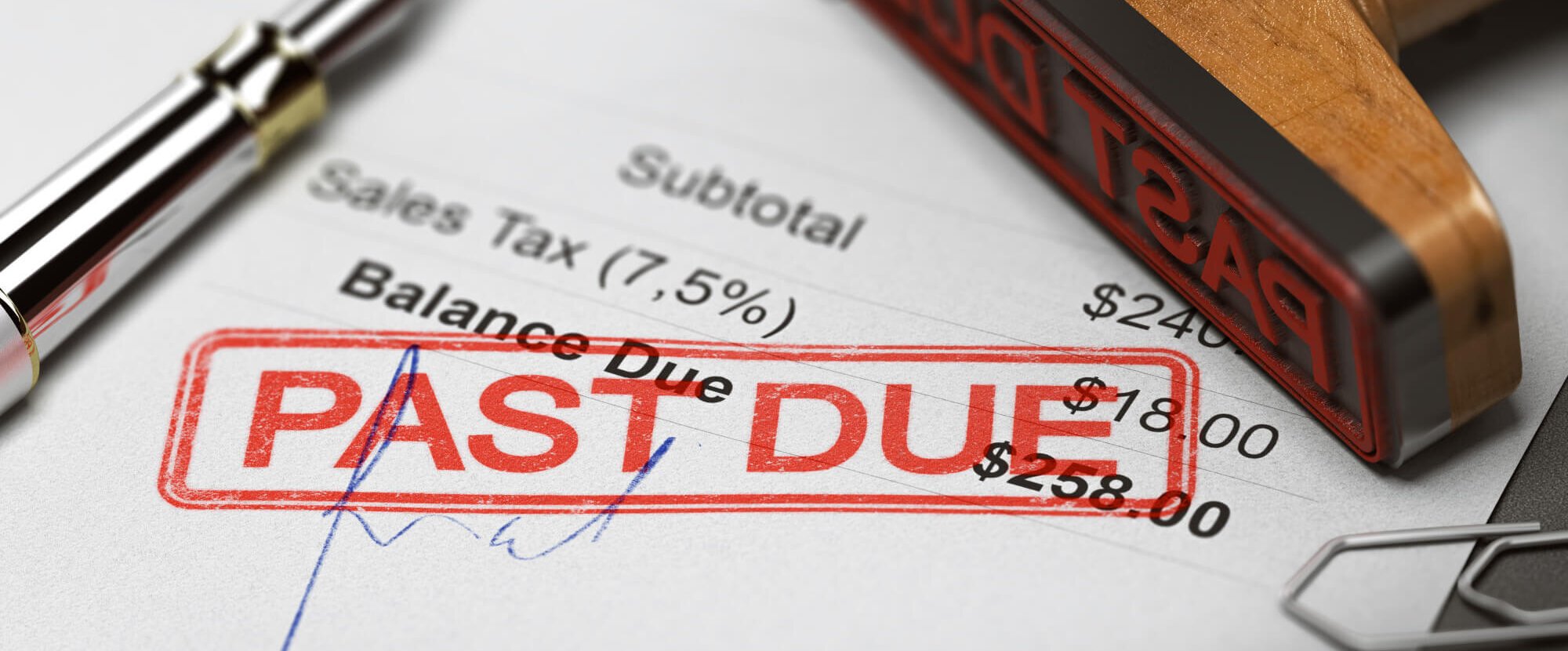Are you in a financial bind and considering filing for bankruptcy? Understanding how to choose the right bankruptcy chapter is crucial to ensure you navigate this complex process effectively. Whether you’re an individual or a business owner, finding the most suitable bankruptcy chapter can determine the success of your financial recovery. In this article, we’ll walk you through the key factors to consider, empowering you to make an informed decision that aligns with your specific circumstances. Let’s dive in!
How to Choose the Right Bankruptcy Chapter
Bankruptcy can be a difficult and overwhelming experience, but with the right knowledge and guidance, you can navigate through it successfully. One of the most important decisions you’ll face during the bankruptcy process is choosing the right bankruptcy chapter that aligns with your financial situation and goals. Each chapter provides different benefits and requirements, so it’s crucial to understand and analyze your circumstances before making a decision. In this article, we will explore various factors to consider when choosing the right bankruptcy chapter.
1. Assess Your Financial Situation
Before diving into the specifics of each bankruptcy chapter, it’s crucial to assess your current financial situation. Understanding your income, assets, debts, and the overall state of your finances will help determine which chapter is best suited for you. Consider the following aspects:
- Income: Evaluate your monthly income and stability. Are you currently employed? Do you have a steady source of income to fulfill ongoing bankruptcy requirements?
- Debts: Calculate the total amount of your debts, including credit card debt, medical bills, and loans. Identify which debts are dischargeable (can be eliminated through bankruptcy) and which are non-dischargeable (can’t be eliminated).
- Assets: Determine the value and type of your assets, such as property, vehicles, investments, and retirement accounts.
- Expenses: Analyze your monthly expenses, including housing, utilities, transportation, groceries, and other essential costs.
By thoroughly assessing your financial situation, you’ll have a clearer picture of which bankruptcy chapter may be most beneficial for you.
2. Understand the Different Bankruptcy Chapters
There are several bankruptcy chapters available, each designed to address different financial circumstances. Let’s explore the most commonly used bankruptcy chapters:
a) Chapter 7 Bankruptcy
Chapter 7 bankruptcy, often referred to as “liquidation bankruptcy,” is designed for individuals or businesses with limited income and substantial debt. It involves the liquidation of non-exempt assets to repay creditors before obtaining a discharge. Key features include:
- Quick process: Chapter 7 bankruptcy usually takes around three to six months to complete.
- No repayment plan: Unlike other chapters, Chapter 7 does not involve a repayment plan. Once non-exempt assets are liquidated, eligible debts are discharged, providing a fresh start.
- Means test: Individuals must pass a means test to qualify for Chapter 7 bankruptcy. The means test determines if your income is below the state median income and whether you have enough disposable income to repay your debts.
Chapter 7 bankruptcy is ideal for individuals with limited income and significant unsecured debts, such as credit card debt and medical bills. It provides a relatively quick and straightforward way to eliminate qualifying debts and start anew.
b) Chapter 13 Bankruptcy
Chapter 13 bankruptcy, often called “reorganization bankruptcy,” is suitable for individuals or small business owners with regular income but facing financial difficulties. It involves creating a repayment plan to pay off creditors over a three to five-year period. Key features include:
- Debt repayment plan: Chapter 13 requires you to create a repayment plan based on your disposable income. The plan outlines how you will repay your debts over the designated period.
- Asset retention: You can retain your assets, such as your house or car, as long as you continue making payments as outlined in the repayment plan.
- Income threshold: Chapter 13 bankruptcy has income limitations. Your income must be regular and sufficient to cover your living expenses and the repayment plan.
Chapter 13 bankruptcy is an excellent option if you have a regular income and want to retain your assets while repaying your debts over time. It provides a structured approach to managing your finances and offers the opportunity to catch up on missed mortgage or car loan payments.
c) Chapter 11 Bankruptcy
Chapter 11 bankruptcy is primarily designed for businesses and individuals with significant debts and complex financial situations. It allows for reorganization and restructuring of debts while continuing business operations. Key features include:
- Debt restructuring: Chapter 11 provides the opportunity to restructure debts and develop a repayment plan to satisfy creditors over an extended period.
- Business continuation: Chapter 11 allows businesses to continue operating while reorganizing their financial affairs.
- Complex process: Chapter 11 is a complex and time-consuming process, often involving significant legal and administrative costs.
Chapter 11 bankruptcy is commonly used by large corporations, but it can also be utilized by individuals with substantial debts and unique financial circumstances. It offers the flexibility to restructure debts and develop a plan to repay creditors while keeping the business or personal affairs intact.
3. Evaluate Benefits and Consequences
When choosing the right bankruptcy chapter, it’s crucial to assess the benefits and consequences associated with each option. Consider the following factors:
- Debt discharge: Determine which types of debts can be discharged under each chapter. Some debts may not be dischargeable, requiring repayment even after bankruptcy.
- Asset protection: Analyze the exemptions available under each chapter to safeguard your assets from liquidation.
- Repayment plans: Evaluate the duration and feasibility of repayment plans under Chapter 13 and Chapter 11 bankruptcy.
- Impact on credit score: Understand the potential impact on your credit score and the time it takes to rebuild credit after bankruptcy.
- Legal requirements: Determine the eligibility criteria, documentation, and legal requirements for each chapter.
By weighing the benefits and consequences, you can make an informed decision that aligns with your long-term financial goals.
4. Seek Professional Advice
Navigating the complexities of bankruptcy requires expertise and legal guidance. Consulting with a bankruptcy attorney or a qualified financial advisor can provide invaluable insights. They can help you assess your financial situation, guide you through the bankruptcy process, and recommend the most suitable chapter for your needs. Working with a professional ensures that you understand the implications of each chapter and make informed decisions.
Choosing the right bankruptcy chapter is a crucial decision that directly impacts your financial future. By thoroughly assessing your financial situation, understanding the differences between bankruptcy chapters, evaluating benefits and consequences, and seeking professional advice, you can make an informed choice that provides you with the best possible outcome. Remember, bankruptcy is not the end; it’s a fresh start towards financial stability and a brighter future.
ALL You Need to Know About Bankruptcy | Bankruptcy Chapter 7 and 13 Comparison and More
Frequently Asked Questions
Frequently Asked Questions (FAQs)
How to choose the right bankruptcy chapter?
When considering bankruptcy, it is crucial to choose the appropriate chapter that suits your unique financial situation. Here are some essential questions and guidelines to help you make an informed decision:
What factors should I consider when choosing a bankruptcy chapter?
Several factors can influence your choice of bankruptcy chapter, including your income, assets, debts, and financial objectives. Consulting with a bankruptcy attorney can provide valuable insights specific to your circumstances.
What is Chapter 7 bankruptcy, and when should it be considered?
Chapter 7 bankruptcy, also known as “liquidation bankruptcy,” allows individuals to eliminate most of their unsecured debts. Consider Chapter 7 if your income is below the state median and you have limited assets.
What is Chapter 13 bankruptcy, and when should it be considered?
Chapter 13 bankruptcy, also called “reorganization bankruptcy,” enables individuals to create a manageable repayment plan to settle their debts. Choose Chapter 13 if you have a stable income and valuable assets you wish to protect.
Can I choose the bankruptcy chapter, or are there eligibility requirements?
While you can express a preference, eligibility requirements determine which bankruptcy chapter you qualify for. Your income, debts, and financial situation will play a significant role in determining the suitable chapter.
What are the main differences between Chapter 7 and Chapter 13 bankruptcy?
The main differences lie in their primary objectives and how they address debts. Chapter 7 aims to discharge debts quickly, while Chapter 13 focuses on creating a manageable repayment plan to settle debts gradually.
How long does each bankruptcy chapter typically take to complete?
Chapter 7 bankruptcy usually concludes within a few months, providing a relatively swift resolution. On the other hand, Chapter 13 takes three to five years, as it involves a repayment plan spanning several years.
Can I convert from one bankruptcy chapter to another if my circumstances change?
Yes, under certain circumstances, you can request a conversion from one bankruptcy chapter to another. Consulting with a bankruptcy attorney is crucial in determining whether this option is feasible and beneficial for you.
What are the long-term effects of choosing a particular bankruptcy chapter?
The long-term effects vary depending on the chosen bankruptcy chapter. Chapter 7 may affect your credit score initially but allows for a fresh start. Chapter 13 shows greater creditworthiness as you make steady payments over time.
Final Thoughts
Choosing the right bankruptcy chapter is a crucial decision that requires careful consideration of one’s financial situation. Chapter choice depends on factors such as income, assets, and debt. For individuals with a regular income and manageable debt, Chapter 13 offers a way to repay debts over time while keeping assets. On the other hand, Chapter 7 is suitable for those with limited income, significant debt, and few assets, as it allows for the discharge of most debts. Consulting with a bankruptcy attorney is essential to fully understand the options available and make an informed decision on how to choose the right bankruptcy chapter.


